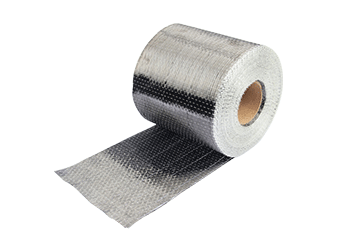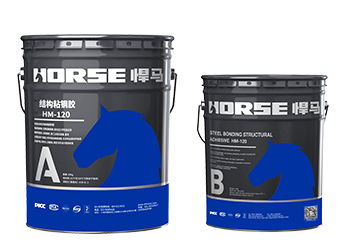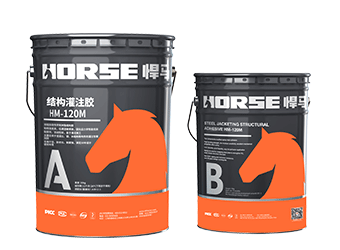Solusi
Horse Construction menawarkan rangkaian lengkap material perkuatan struktur dengan dukungan teknis, dukungan dokumentasi, dukungan produk, dukungan perangkat lunak, dukungan proyek.
Human Disaster Behind the Turkish Earthquake

"It has always been said that there will be earthquakes in this area. Pay attention to prevention, but (building) is not always constructed in accordance with the regulations of the earthquake." The Turkish Axin (Chinese name) complained. During this earthquake, Hatie's houses in eastern Turkey were severely damaged, and some of the local customers in Axin lost their loved ones.
96 % of Turkey's land is located on the earthquake belt, and 98 % of the population lives on the earthquake belt, and an average of a destructive earthquake every 1.1 years. As early as 1999, Turkey established a system of inspection on earthquake prevention, and implemented shock -proof design standards in public building construction. At present, the regional seismic building specifications require that buildings should be able to withstand strong earthquakes (30 % to 40 % of normal gravity) without completely damage. The magnitude 7.8 and 7.5 earthquakes may cause 20 % to 50 % of the shocks, and most buildings should not collapse.
However, after the Elazer earthquake in 2020, the engineer team of the Turkish Sakaria University of Applied Sciences went deep into the East Andanatolia fault with surrounding villages and towns to survey. In December 2022, pre -printing this paper was released. This latest study pointed out that "almost all casualties were caused by the collapse of the building in the earthquake."
The research team observed that in the eastern countryside of Turkey, due to the low cost, materials that can be taken on the spot, and the simple brick -and -stone structure buildings made of adobe, stones, etc., occupy the mainstream, and it is vulnerable to the earthquake. In cities, the quality of concrete used by many buildings has not reached the minimum standard stipulated by the government, because "almost all are produced by traditional methods in the construction site."
Another study released by the Middle East University of Technology in 2021 shows that only 11 % of the 110,000 buildings in Gazi Antipu fully meet the architectural specifications. As many as 38 % of buildings do not meet the standards of earthquake resistance, many apartment buildings on 5 to 8 floors are usually built without formal approval.
Public places such as hospitals and schools, which should be the strongest, are also in danger during the earthquake. The aforementioned paper of the University of Applied Sciences of Sacaria pointed out that although there have been many rounds of investigations before, the seismic structural design commonly used in urban public buildings has problems such as poor concrete strength, ribbed reinforcement (ribbed reinforcement can increase the binding capacity of reinforcement and cement), and substandard details in actual construction, but so far there has been no significant improvement. According to the Ministry of Health of Türkiye, the provincial hospital in Iskenderun has collapsed during the earthquake.
The last time an earthquake of magnitude 7 or above occurred in Türkiye was in 1999. The two successive major earthquakes in August and November not only killed more than 20000 people, but also exposed the regulatory loopholes that many new buildings did not meet the seismic standards. However, the government of Türkiye at that time did not hold corrupt officials and contractors accountable, and continued to entrust the contract for rebuilding their homes to companies that were questioned by the public, causing public resentment. "Earthquake does not kill people, construction kills people" became a popular phrase. According to some estimates, this led to the ruling party losing more than 20% of its supporters in the 2002 general election, while the newly established Justice and Development Party in 2001 held the banner of anti-corruption and won the general election.

Therefore, seismic reinforcement is required for some buildings that do not meet the construction standards of seismic reinforcement. If the strength of materials or other technical indicators do not meet the requirements, such as the low strength grade of concrete, the material of steel bars and steel plates, as well as the mistakes or mistakes in the construction process, structural reinforcement is also required.
Anda dapat menemukan segala yang Anda butuhkan di sini. Percayalah dan cobalah produk - produk ini, Anda akan menemukan perbedaan yang besar setelah itu.

Lembaran serat karbon Horse Construction digunakan untuk perkuatan struktural, perbaikan, dan perbaikan substrat beton, pasangan bata, baja, dan kayu pada bangunan, jembatan, jalan raya, rel kereta api, terowongan, dermaga, dan bandara sipil.

Perekat pengikat pelat baja struktural HM-120 adalah produk epoksi dua komponen, dengan daya rekat kuat, pengerasan pada suhu ruangan. Produk ini memiliki sifat anti-penuaan dan ketahanan guncangan yang sangat baik dalam daya rekat sendiri dan daya rekat t

Perekat pelapisan pelat baja HM-120M adalah perekat perfusi struktural bangunan resin epoksi termodifikasi tipe baru, khususnya untuk mendukung tulangan batang yang terikat perekat. Perekat ini dapat diikat dengan berbagai substrat dan logam, dengan keungg